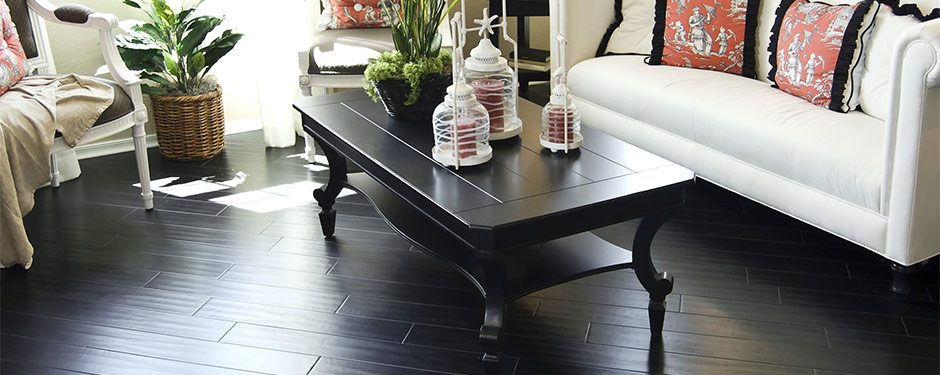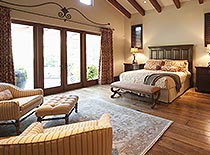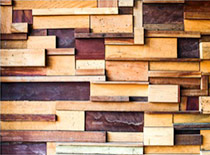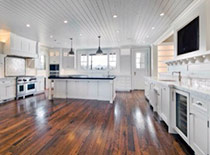Flooring Installation Find a Trusted Contractor to Help
The Basics of Flooring
Flooring is something you may not think about much, but it’s a pretty important part of your home. And eventually, it’s going to need to be replaced. Here’s an overview of the basics, and what any homeowner needs to know.
Types of Natural Flooring
Let’s start with flooring as it is naturally. Most flooring comes in three types: Sheets, such as carpet or linoleum; Planks, such as hardwood floors; and tiles, like most ceramics. Generally the material of your flooring will dictate what type it comes in, and how it’s installed, but it’s important to remember that the type of flooring will dictate how that flooring is installed; placing and cutting tiles is a substantially different job from placing and cutting carpet.
Kinds of Flooring
Remember, there are all types of flooring; essentially anything under your feet is flooring. A few of the more common types are:
- Carpet
- Hardwood Planking
- Laminate
- Vinyl
- Ceramic
Keep in mind that the type doesn’t necessarily dictate the material. For example, hardwood floors may be made with recycled wood, or even materials such as bamboo, which is technically a grass. But, regardless, flooring tend to fall into those general categories, and will have different properties depending on your needs.
What Kind of Flooring Should I Use?
Here’s the tricky part; it’s a mixture of the needs of your house and what you’re looking for—specifically, in home décor and design—that will tell you what you need for your floor.
Start with what your floor is going to deal with during the course of a normal day. Will it need to be water-resistant? (ruling out carpet and hardwood) Are items that are likely to stain fibers or similar material likely to fall on the floor? (ruling out carpets) Will it see a lot of foot traffic? (will need scratch resistance) Will it need to support heavy furniture? (rules out ceramics) Take a good hard look at your flooring needs, and that will tell you a lot about what you should choose.
Next, think about noise. As any homeowner knows all too well, everything is louder with hard floors, as the sound bounces off the floor and echoes around the room. So for living spaces that could use some quiet, look towards carpet and other sound absorbent flooring.
Finally, consider the moisture and temperature your flooring will have to deal with. Many people assume that it’s only carpet they need to worry about, but in truth, high humidity and temperatures will take a toll on pretty much any flooring that’s not designed for it. If you’re going to be dealing with high humidity or temperature variations, check that the adhesives and materials involved with the flooring can handle it.
This is also important for the overall feel of the floor. As anybody in northern climates can tell you, there’s a big difference, in the winter, between putting your feet on tile and putting them on carpet.
No matter what flooring you end up using at your home, make sure you get your contractor from the right place. To get your floor laid right, don’t count on the phone book; count on Trusted Home Contractors. End
Hardwood Flooring 101
Hardwood Flooring Installation
Hardwood Flooring Installation






